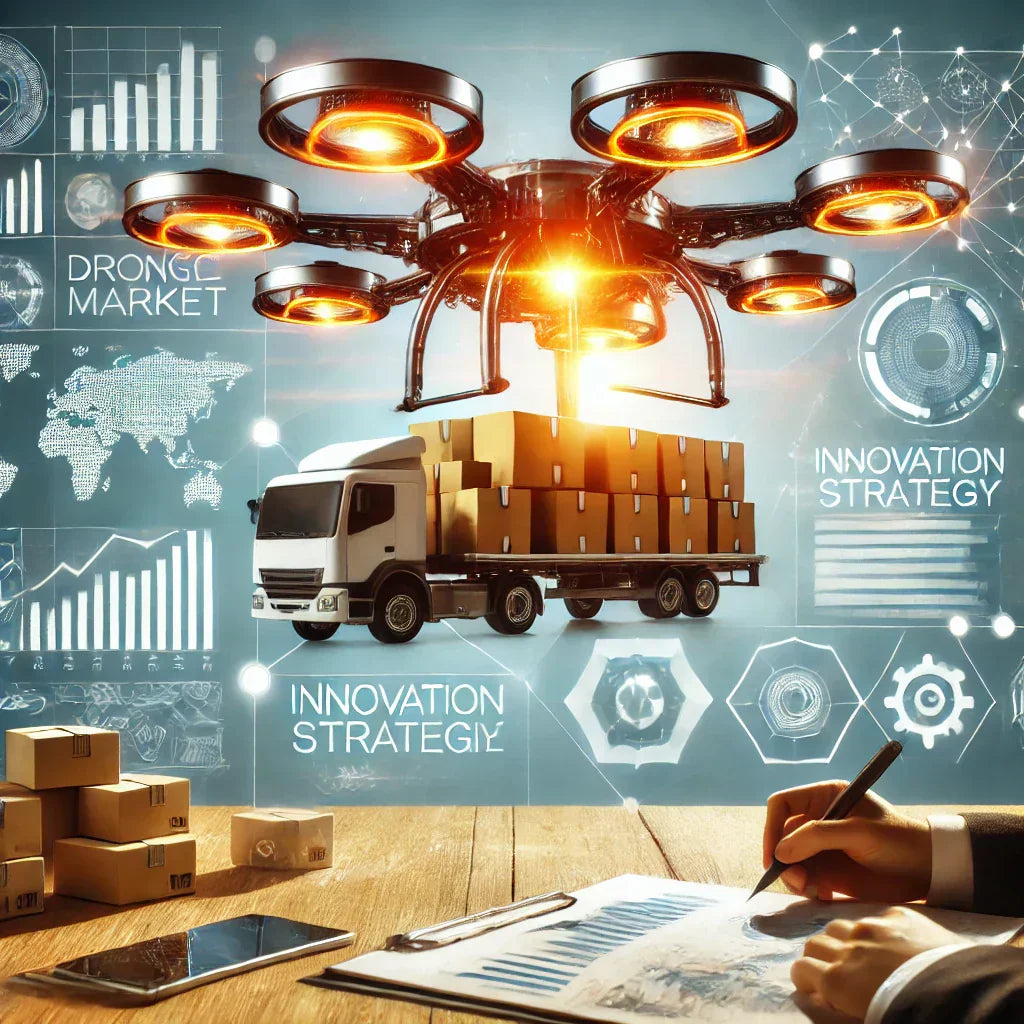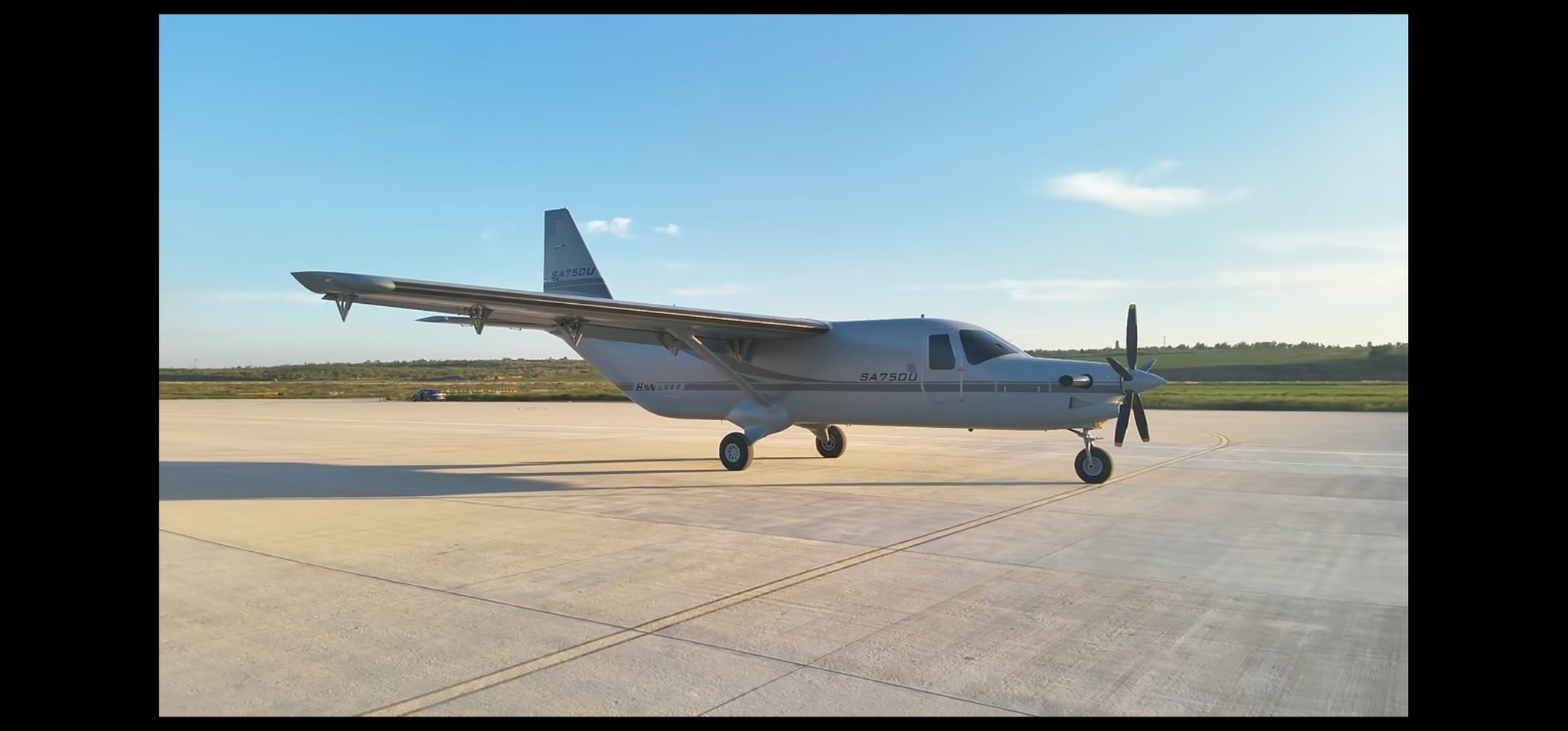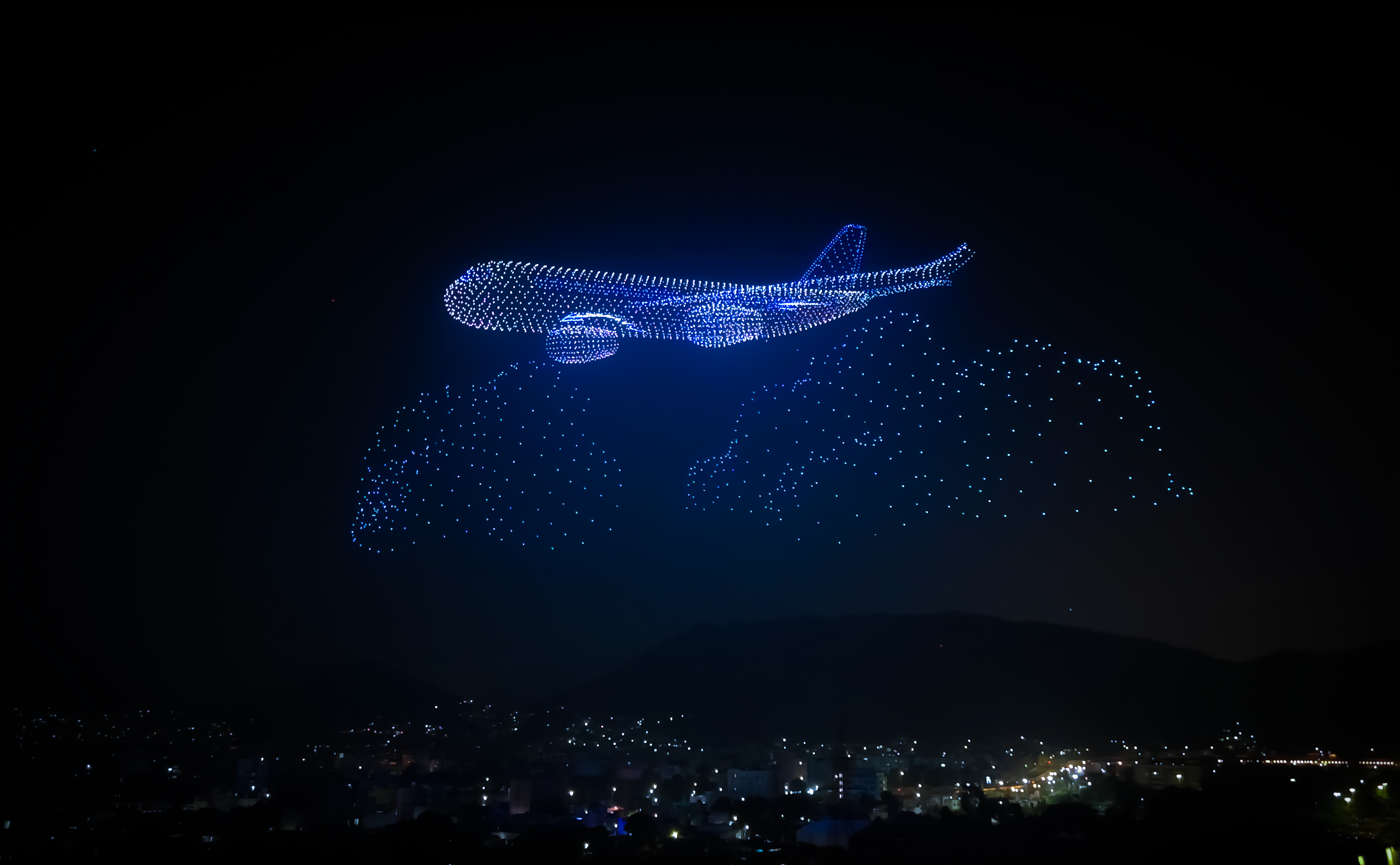
The 2025 Drone Market – A Comprehensive Exploration of Innovations, Challenges, and Strategic Opportunities
The drone industry in 2025 is experiencing unprecedented evolution. No longer confined to hobbyist pursuits, drones now power critical applications in defense, logistics, agriculture, and beyond. In this deep-dive analysis, we explore the latest technological breakthroughs, market challenges, and the strategic opportunities available for businesses ready to harness this rapidly evolving technology.
1. Innovations Driving the Drone Market
Autonomous Systems and AI Integration
Drones today are becoming smarter. With breakthroughs in artificial intelligence (AI) and machine learning, modern UAVs can now operate autonomously in complex environments. One cutting-edge development is the rise of autonomous tethered drones. By maintaining a continuous power connection and leveraging secure, high-bandwidth data links, these systems overcome traditional battery life limitations and data latency issues, thereby enabling prolonged surveillance and monitoring missions (arxiv.org).
Enhanced Payload and Cargo Capabilities
Cargo drones are setting new industry benchmarks. For instance, recent trials in China have demonstrated that the SA750U model can carry up to 3.2 metric tons of payload. This milestone represents a transformative leap for logistics and supply chain management, where faster delivery times and reduced dependency on conventional transport methods are critical, especially in areas with limited infrastructure (reuters.com).
Credit: @chineseflyer on X
Military and Defense Innovations
The military drone sector is at the forefront of technological advancement. With the global military drone market valued at over USD 21 billion in 2024, nations worldwide are investing heavily in drones for surveillance, reconnaissance, and combat roles. Innovations such as improved miniaturization, advanced sensors, and extended endurance systems are enabling drones to execute complex missions with minimal human intervention. This surge is partly driven by the need to counter emerging threats and enhance national security (globenewswire.com).
Diverse Commercial Applications
Beyond military uses, drones are revolutionizing numerous commercial sectors:
- Agriculture: Precision farming is transforming crop management. High-resolution imaging and multispectral sensors enable drones to monitor crop health, optimize irrigation, and reduce resource wastage.
- Construction and Infrastructure: Drones facilitate rapid site surveys and inspections, cutting down on manual labor and improving safety.
- Real Estate and Urban Planning: Aerial footage and 3D mapping capabilities provide unparalleled insights into property layouts and urban development.
These applications not only drive efficiency but also result in significant cost savings, paving the way for broader adoption across industries

Credit: DJI
2. Market Challenges
Regulatory Complexity and Compliance
A significant hurdle for drone operators is navigating the labyrinth of evolving regulations. Authorities around the world—from the FAA in the United States to EASA in Europe—are still refining rules for beyond-visual-line-of-sight (BVLOS) operations, data security, and privacy. These regulations often require substantial investments in compliance measures and can slow the pace of innovation and market penetration.
Technological Limitations
Despite rapid progress, drones still face technological challenges. Battery endurance remains a persistent bottleneck, limiting flight duration and range. Furthermore, reliable data transmission in high-interference environments is essential for mission-critical applications. Continuous R&D investments are necessary to push the boundaries of current technologies and maintain a competitive edge.
Security and Privacy Concerns
As drones become more pervasive, cybersecurity and data privacy are top priorities. Unauthorized surveillance, potential data breaches, and the misuse of drone technology are significant risks. Businesses must implement robust cybersecurity measures to protect sensitive information and maintain user trust.
Market Consolidation and Supply Chain Pressures
The industry is also witnessing increased consolidation. Dominant players like DJI continue to shape the market, making it challenging for smaller or emerging companies to gain traction. Additionally, supply chain uncertainties—exacerbated by geopolitical tensions and trade restrictions—add another layer of complexity for manufacturers and distributors alike.

3. Strategic Opportunities for Businesses
Tapping into High-Growth Sectors
According to recent forecasts, the global drone market is set to grow by USD 36.1 billion between 2024 and 2028 (finance.yahoo.com). This growth is driven by expanding applications in e-commerce, border security, energy, and military capabilities. For businesses, this represents a golden opportunity to invest in or expand drone operations, especially within sectors where cost reduction and operational efficiency are paramount.

Credit: Technavio
Leveraging Regional Growth Trends
Regions such as Asia-Pacific and India are experiencing rapid drone adoption. Events like the Amaravati Drone Summit 2024 highlight the potential of these markets, with local governments actively promoting drone technology through investments, training programs, and regulatory reforms. Companies that establish a presence in these emerging hubs can access new revenue streams and diversify their market reach (en.wikipedia.org).
Fostering Strategic Partnerships and Innovation
Collaborative ventures between technology providers, regulatory agencies, and end-user industries can unlock new value chains. Integrating AI-driven analytics into drone operations not only improves real-time decision-making but also enhances predictive maintenance capabilities. Such collaborations can reduce operational costs while driving significant efficiency gains.
Expanding Service Offerings
Beyond hardware sales, businesses can generate revenue by offering complementary services:
- Aerial Data Analytics: Transforming raw drone data into actionable insights.
- Training and Certification: Developing comprehensive programs to train drone pilots and technicians.
- Maintenance and Support Services: Ensuring long-term operational efficiency and customer satisfaction.
By offering a full suite of services, companies can differentiate themselves in an increasingly competitive market.
Investing in R&D and Next-Generation Technologies
Continued investment in research and development is crucial for overcoming current technological limitations. Innovations in battery technology, enhanced payload systems, and advanced navigation capabilities will not only address existing challenges but also open up new market opportunities. Embracing these technologies will be essential for businesses aiming to maintain a leadership position in the evolving drone ecosystem.
4. Future Trends and Predictions
Integration of AI and Autonomous Swarm Capabilities
The future of the drone market is set to be defined by further AI integration. Autonomous drones capable of operating in coordinated swarms will revolutionize applications in military, agriculture, and emergency response. These systems can conduct complex missions without human oversight, enhancing efficiency and reducing risk.
Expansion of BVLOS Operations
As regulatory bodies become more comfortable with drone operations, we can expect an expansion in BVLOS activities. This will allow drones to cover larger areas and perform more complex missions, such as long-range deliveries and extensive surveillance operations, further driving market growth.
Enhanced Connectivity and the Internet of Drones (IoD)
Future drones will likely benefit from advances in connectivity, including 5G integration and IoD frameworks. These advancements will enable real-time data sharing and improved coordination among drone fleets, boosting both operational efficiency and safety.
Increased Focus on Sustainability and Green Technologies
Sustainability is emerging as a critical factor in the industry. Advances in energy-efficient designs, such as solar-powered and tethered drones, are expected to reduce environmental impacts while also cutting operational costs. This focus on green technologies could open up new market segments, particularly in environmentally sensitive applications.
5. Case Studies and Real-World Applications
Cargo Drone Innovations: The SA750U Example
A notable case is the SA750U cargo drone trialed in China. With a payload capacity of 3.2 metric tons, this drone sets a new standard for unmanned cargo operations. Its ability to carry heavy loads over long distances could disrupt traditional logistics networks, particularly in regions with challenging terrains or inadequate infrastructure.
Military Drone Deployments
Several countries are ramping up their military drone capabilities. For example, recent contracts and innovations in autonomous military drones underscore a growing trend where advanced UAVs are increasingly deployed for surveillance, reconnaissance, and even targeted strikes. These developments not only enhance defense capabilities but also drive significant research and investment in related technologies.
Regional Innovation: Amaravati Drone Summit 2024
In India, the Amaravati Drone Summit 2024 showcased the rapid growth of drone technology at a regional level. With thousands of participants, the summit highlighted initiatives to attract investments worth Rs 2,000 crore and generate revenues of Rs 6,000 crore over the next five years. Such events are instrumental in positioning regions as future hubs for drone innovation, offering ample opportunities for local and international businesses.
Credit: Dronelife
6. Conclusion
The 2025 drone market is at a pivotal moment. Driven by groundbreaking technological innovations and expansive applications, the industry presents vast opportunities for growth. However, navigating regulatory challenges, technological limitations, and market consolidation pressures requires strategic foresight and agile business models. By investing in next-generation technologies, forging strategic partnerships, and diversifying service offerings, companies can not only overcome these challenges but also capitalize on the immense potential of the drone ecosystem.
For businesses ready to take advantage of these trends, 2024 is the year to lead, innovate, and redefine what's possible in the aerial domain. Staying informed and adaptable will be key to harnessing the full spectrum of opportunities that drones offer—from transforming logistics and defense to reshaping commercial and industrial operations.


